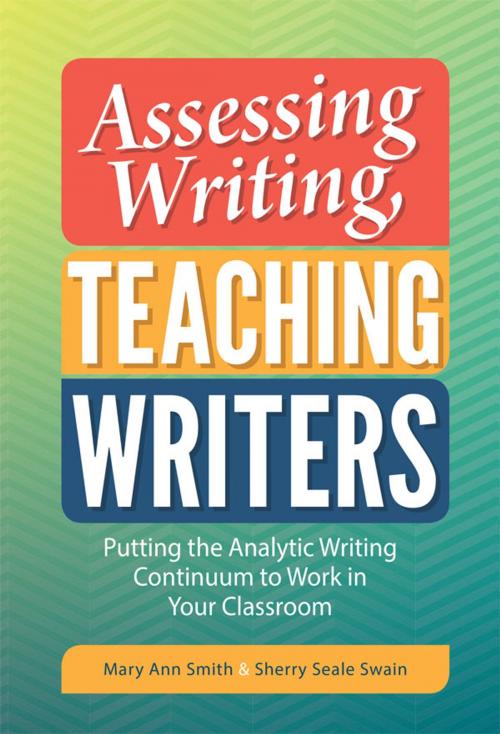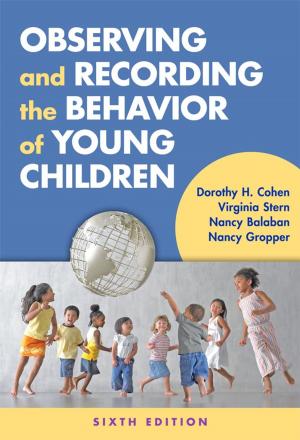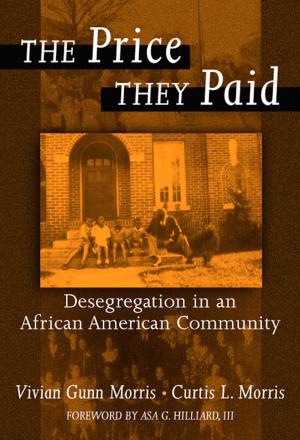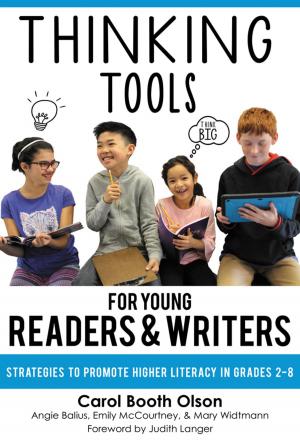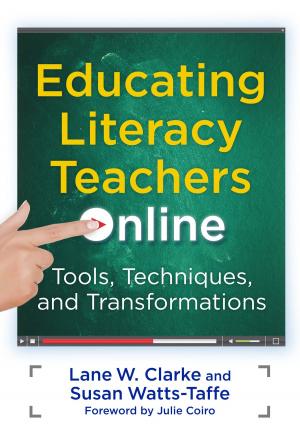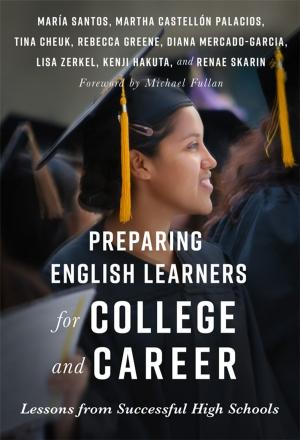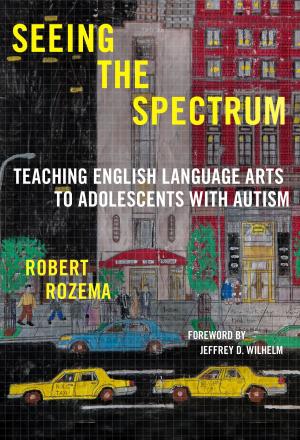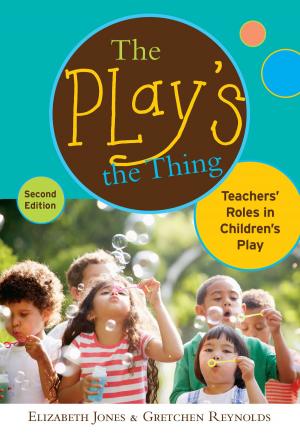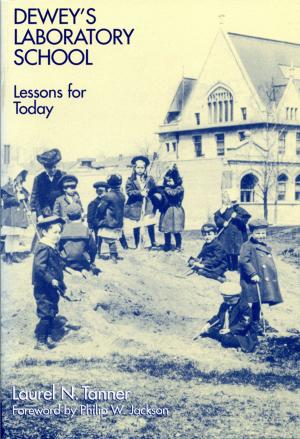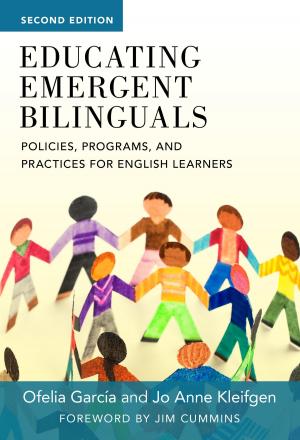Assessing Writing, Teaching Writers
Putting the Analytic Writing Continuum to Work in Your Classroom
Nonfiction, Reference & Language, Education & Teaching, Teaching, Teaching Methods| Author: | Mary Ann Smith, Sherry Seale Swain | ISBN: | 9780807775547 |
| Publisher: | Teachers College Press | Publication: | December 15, 2009 |
| Imprint: | Language: | English |
| Author: | Mary Ann Smith, Sherry Seale Swain |
| ISBN: | 9780807775547 |
| Publisher: | Teachers College Press |
| Publication: | December 15, 2009 |
| Imprint: | |
| Language: | English |
Many writing teachers are searching for a better way to turn student writing into teaching and learning opportunities without being crushed under the weight of student papers. This book introduces a rubric designed by the National Writing Project—the Analytic Writing Continuum (AWC)—that is making its way into classrooms across the country at all grade levels. The authors use sample student writing and multiple classroom scenarios to illustrate how teachers have adapted this flexible tool to meet the needs of their students, including using the AWC to teach revision, give feedback, direct peer-to-peer response groups, and serve as a formative assessment guide. This resource also discusses how to set up a local scoring session and how to use the AWC in professional development.
Book Features:
- Introduces teachers to a powerful assessment system and teaching tool to support student writing achievement.
- Offers a diagnostic tool for guiding students toward a common understanding of the qualities of good writing.
- Provides ideas for helping students learn from models and give productive feedback to peers.
- Illustrates ways to adjust the AWC to various grade levels and different teaching goals.
“Smith and Swain reveal how the Analytic Writing Continuum assessment tool can be used as a catalyst for a deeper understanding of writing and a source for a common language for teaching and learning writing. I would recommend this book to all involved in the process of English language arts curriculum and instruction.”
—Jessica Early, Arizona State University
“As a teacher of diverse students in myriad grades, I've found the Analytic Writing Continuum to be an invaluable tool. If you teach writing, you need this book!”
—Bob Crongeyer, codirector, Area 3 Writing Project at UC Davis
Many writing teachers are searching for a better way to turn student writing into teaching and learning opportunities without being crushed under the weight of student papers. This book introduces a rubric designed by the National Writing Project—the Analytic Writing Continuum (AWC)—that is making its way into classrooms across the country at all grade levels. The authors use sample student writing and multiple classroom scenarios to illustrate how teachers have adapted this flexible tool to meet the needs of their students, including using the AWC to teach revision, give feedback, direct peer-to-peer response groups, and serve as a formative assessment guide. This resource also discusses how to set up a local scoring session and how to use the AWC in professional development.
Book Features:
- Introduces teachers to a powerful assessment system and teaching tool to support student writing achievement.
- Offers a diagnostic tool for guiding students toward a common understanding of the qualities of good writing.
- Provides ideas for helping students learn from models and give productive feedback to peers.
- Illustrates ways to adjust the AWC to various grade levels and different teaching goals.
“Smith and Swain reveal how the Analytic Writing Continuum assessment tool can be used as a catalyst for a deeper understanding of writing and a source for a common language for teaching and learning writing. I would recommend this book to all involved in the process of English language arts curriculum and instruction.”
—Jessica Early, Arizona State University
“As a teacher of diverse students in myriad grades, I've found the Analytic Writing Continuum to be an invaluable tool. If you teach writing, you need this book!”
—Bob Crongeyer, codirector, Area 3 Writing Project at UC Davis
